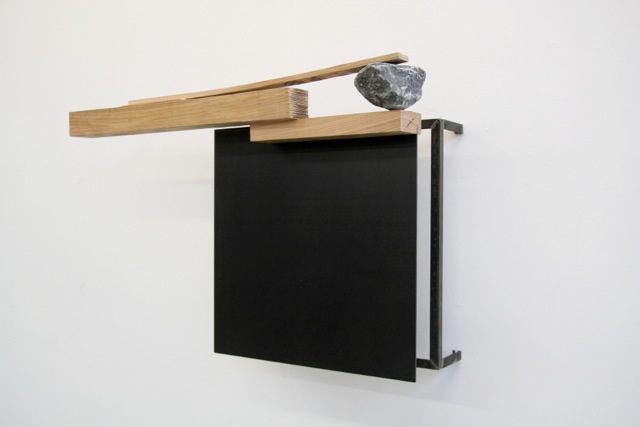S
On previous trips I’d watched weary pannier-laden cyclists being buffeted around by veering campervans and honking timber trucks, confined to mind-numbing strips of Tarmac when all around lay glorious green wilderness. Which is why the creation of Nga Haerenga, the New Zealand Cycle Trail – 2,000km of off-road bike paths snaking through mountains, forests and beaches – feels like something that should have happened a long time ago.
A three-year project backed by NZ$50m (£26.2m) of government funding, it is due for completion late this year, though much is already open. The original concept was a north-south route through the country but, realising this would provide cartographical neatness yet intimidate all but the masochistic, the biking bureaucrats decided on a network of trails spiralling out from prime locations across the country.
Flying into Nelson, at the top of South Island, the logic is soon apparent. Having several trails starting at a hub means all types of cyclist can be catered for. Here, for example, visitors can choose the Dun Mountain Trail, an exhilarating 38km climb and swooping descent along the route of New Zealand’s first railway, or they could, like me, opt for the altogether gentler four-day Tasman Great Taste Trail.
A picture-postcard cycle up the coast from Nelson to the sleepy town of Motueka and then inland to Woodstock and Belgrove, this is cycling the civilised way: flat, easy paths winding through vineyards and past cafés, free wine tastings and generous helpings at every junction. On Rabbit Island, a freewheel across the car-free suspension bridge from the mainland, pied oystercatchers fill their beaks on the long sandy curve of Tasman Bay. Across the Waimea estuary, you can fill yours at the Apple Shed and Old Smokehouse in Mapua, carried across by the Flat-Bottom Fairy, a tiny ferry designed for cyclist and steed.
There is no schedule to stick to, no charge for riding the trail. If you need to hire a bike, local companies can drop you off with one at the start and pick you up at the end. If you require a little more assistance, all-inclusive guided tours with accommodation built in can be booked. It’s a bucolic, semi-alcoholic delight.
To help tourists cherry-pick the highlights, there are 18 “Great Rides” – a deliberate nod to the country’s “Great Walks” selection of set-piece hikes. From Nelson I hop in a hire car and drive south to Hanmer Springs, starting point for perhaps the grandest of all the Great Rides, the 64km St James Cycle Trail. Where the Taste Trail was all soft saddles and fine food, St James is a far tougher proposition. It’s a relentless seven-hour slog for the extremely fit and determined, or a two-day adventure for those happy to take their time and camp out along the way in a pioneer-style hut.
It is worth every push on the pedal. This is every city dweller’s fantasy of biking – vast open river valleys, startling descents through forests of mountain beech, a horizontal snowline around the surrounding peaks as if a celestial decorator had swiped his paintbrush across the horizon.
Everything is super-sized, everything wilder. There are bounding hares the size of spaniels, feral pigs clattering through the undergrowth, packs of wild horses thundering on distant hillsides across the Ada river. Sheltering in a tiny wooden hut in the Edwards Valley, it’s hard not to feel like an old-time prospector.
Back in the hire car, rented mountain bike dropped off in Hanmer, I turn south again, heading for the Central Otago Rail Trail, a precursor to the entire Nga Haerenga project.
Twenty years ago this area was in decline, stricken by the closure of the railway line through the region. But in the late 1990s the old tracks were replaced by a smooth, wide path stretching 150km from Middlemarch, just outside Dunedin, all the way inland to Clyde. The “rail trail”, opened in 2000, and the cyclists coming to complete the four-day ride have helped bring cafés, hotels and atmosphere with them. Now the route is being incorporated into the Nga Haerenga network.
Even those who have barely pedalled before can take it on. The gradients are gentle, the cafés en route welcoming. Companies such as Trail Journeys will meet you each morning, collect your luggage and deposit it at your next hotel. It’s a ride for dawdling, soaking up the big skies and wide vistas, eased along by the tail-wind coming off the Hawkdun Range. Protected by the rain shadow of the big mountains beyond Queenstown, Central Otago is dry where the west coast of South Island is sodden, the hills golden brown rather than the deep green of a hundred miles south.
From the old station at Auripo it’s the easiest of downhill drifts through the Pullborn Gorge, over the old viaduct and through two long dark tunnels cut through the rock by Irish navvies 120 years ago. Small groups of cyclists pass in the other direction. There’s no other traffic for miles.
At Chatto Creek I park the bike and join some fellow riders in the local pub for a lunch of whitebait omelette and ginger beer. Talk turns to the other Great Rides that will shortly be complete. By the end of 2012 you’ll be able to cycle all the way from the snowy slopes of Mount Cook, in the middle of the Southern Alps, all 312 curving, rolling kilometres to Oamaru on the eastern coast, all of it without a veering campervan or honking juggernaut in sight. A simple idea. But a very good one indeed.
.......................................................................
Details


